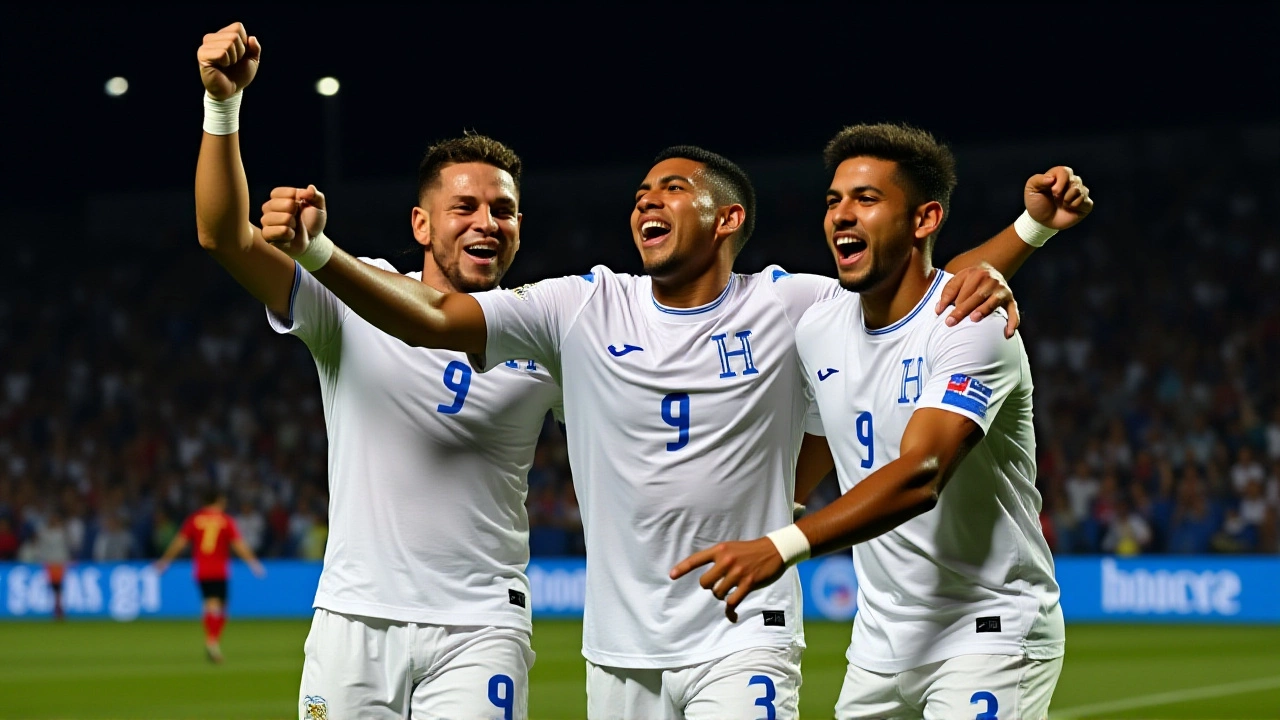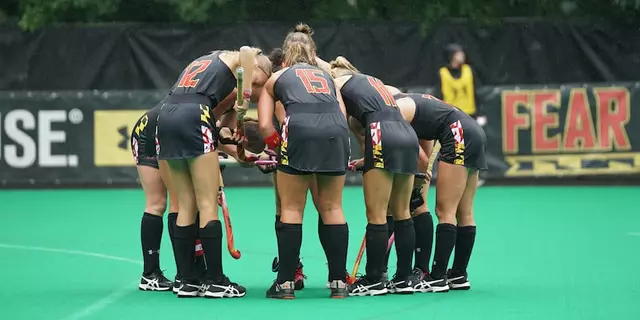
The 2026 World Cup dreams of two Central American football powerhouses died in silence. On November 18, 2025, at the Estadio Nacional de Costa Rica in San José, Costa Rica and Honduras played out a goalless draw that erased both from contention for the next FIFA World Cup United States, Canada, and Mexico. The final whistle didn’t just end a match—it closed a chapter. Neither team scored. Neither team advanced. And for the first time in decades, neither will be in the world’s biggest sporting event.
When the Dream Died
It was Matchday 6 of CONCACAF’s final qualifying round, Group C. Both teams entered needing a win to have any shot at qualifying. A draw? That was a death sentence. And that’s exactly what they delivered. The game began with cautious passes and tight marking, the kind of football you play when fear outweighs ambition. Honduras had their first real chance in the 23rd minute—a low drive from the edge of the box that fizzled just wide. Then, just before halftime, Keylor Navas, the 38-year-old veteran who’s been Costa Rica’s last line of defense since 2006, made a reflex save that felt like a monument to his career. The ball bounced off his fingertips, off the post, and away. The crowd exhaled. The scoreboard stayed blank.The Weight of History
Costa Rica hasn’t missed a World Cup since 2010. They were semifinalists in 2014. Honduras made it in 2010 and 2014 too. Both nations have produced world-class talent, passionate fanbases, and moments of glory. But this time, the pressure was different. The qualifiers were brutal: six teams, only two direct spots. Third place meant a playoff. And both Costa Rica and Honduras finished fourth in Group C—with Honduras at 7 points, Costa Rica at 6. Haiti, who scored late in their own match that same night, snuck into third place with 8 points. One goal. One missed opportunity. One draw that cost both nations everything.Costa Rica’s coach, Rónald González, made only two changes from their shocking 2-1 loss to Nicaragua just four days earlier. Honduras, under manager Óscar Ramírez, started with a 4-4-2 that looked more defensive than attacking. Neither side took risks. Neither side trusted their attack. The substitutions—O. Galo and W. Madrigal for Costa Rica, J. Brenes and M. Chirinos for Honduras—came too late, too timid. By the 70th minute, fans were chanting for goals. By the 85th, they were chanting for dignity.
Who Lost More?
It’s hard to say. Costa Rica’s fans have watched their team fall from regional giants to afterthoughts. Their last World Cup appearance was in 2022, where they were eliminated in the group stage. Honduras, meanwhile, has been slipping since 2014. Their last win in World Cup qualifying was in 2017. Now, both face the same question: What happened?The answer isn’t just about tactics. It’s about youth development. It’s about infrastructure. It’s about the fact that the U.S. and Mexico now dominate the region’s talent pipeline, and the smaller nations are left scrambling for scraps. In 2026, the CONCACAF qualifying format gives three direct spots and one playoff berth. That’s more than before—but it’s still not enough. When Canada qualified automatically and the U.S. looked dominant, it became clear: the gap isn’t closing. It’s widening.

The Broadcast and the Bystanders
The match was streamed everywhere. Paramount+ and CBS Sports Golazo covered it in the U.S. Tigo Sports broadcast it live in both countries. Peacock offered Spanish commentary. YouTube and Facebook Live carried it globally. But the viewership? It was quiet. No fireworks. No celebration. Just a lot of people watching, silently, as history slipped away.The Estadio Nacional de Costa Rica, packed with 35,175 seats, was less than half full. The fans who showed up weren’t there for the spectacle. They were there to say goodbye.
What Comes Next?
For Costa Rica and Honduras, the road ahead is uncertain. The 2028 CONCACAF Gold Cup is next—but that’s a consolation prize. Without World Cup qualification, sponsorship dries up. Youth programs lose funding. Players look overseas for opportunities. The national teams become shadows of what they once were.There’s talk in both countries about overhauling their football federations. Costa Rica’s federation has been under scrutiny since 2021 for financial mismanagement. Honduras has seen three coaches in two years. Neither has a clear long-term plan. And with the 2030 World Cup—set to be hosted in Morocco, Spain, and Portugal—already looming, the clock is ticking.

Why This Matters
This isn’t just about two teams missing a tournament. It’s about what happens when football’s middle class collapses. In Europe, even small nations like Wales or Slovenia can compete. In CONCACAF, the hierarchy is rigid. The U.S. and Mexico take the lion’s share. Canada is rising. The rest? They’re fighting for crumbs. When Costa Rica and Honduras—who’ve both been World Cup regulars—fall out, it’s a warning sign. The region’s football ecosystem is cracking.Frequently Asked Questions
Why didn’t Costa Rica or Honduras qualify despite having strong players?
Despite having stars like Keylor Navas and a history of World Cup runs, both teams suffered from inconsistent performances, poor squad depth, and tactical stagnation. Costa Rica lost to Nicaragua—a team ranked 150th globally—and drew with lower-ranked opponents. Honduras struggled to score, netting just 4 goals in six matches. The new CONCACAF format demands consistency, not just moments of brilliance.
How did Haiti qualify over Honduras and Costa Rica?
Haiti finished third in Group C with 8 points, thanks to a 2-1 win over El Salvador on the final matchday. Costa Rica and Honduras both ended with 6 and 7 points respectively, but Haiti’s late goal in their own match sealed their position. The draw between Costa Rica and Honduras meant Haiti didn’t even need to win by a large margin—just one goal was enough to leapfrog both.
What does this mean for CONCACAF’s future World Cup qualifying format?
This result will likely fuel calls for reform. Many believe the current six-team final round is too harsh for smaller nations. Critics argue that a group stage with more matches, or a playoff system involving fifth-place teams, would give mid-tier nations like Costa Rica and Honduras a fairer shot. CONCACAF has already hinted at reviewing the format ahead of 2030 qualifying.
Who are the top contenders for the 2026 World Cup from CONCACAF now?
The United States, Canada, and Mexico have all secured direct qualification. Panama, who finished second in Group A, will enter the inter-confederation playoff. The U.S. and Mexico are considered favorites to reach the knockout stage, while Canada’s young squad—led by Alphonso Davies—could surprise. The absence of Costa Rica and Honduras removes two traditional challengers, making the region’s path to the World Cup even more dominated by the three host nations.
Is Keylor Navas’s international career over?
At 38, Navas has never officially retired, but with Costa Rica out of the World Cup and no major tournaments on the horizon, his international career is likely finished. He played his 126th match for his country in this game—a record for Costa Rica. While he may still play club football, the dream of a fourth World Cup has ended. His legacy, however, remains intact as the greatest goalkeeper in Central American history.
How did fans react to the elimination?
In San José, fans sat in stunned silence after the final whistle. Social media was flooded with #GraciasKeylor and #NuncaMás (Never Again) in both Spanish and English. In Tegucigalpa, protests erupted outside the Honduran Football Federation headquarters. One fan held a sign: “We didn’t lose to a team—we lost to indifference.” The emotional toll has been immediate, with youth academies reporting a 40% drop in registrations since the match.


